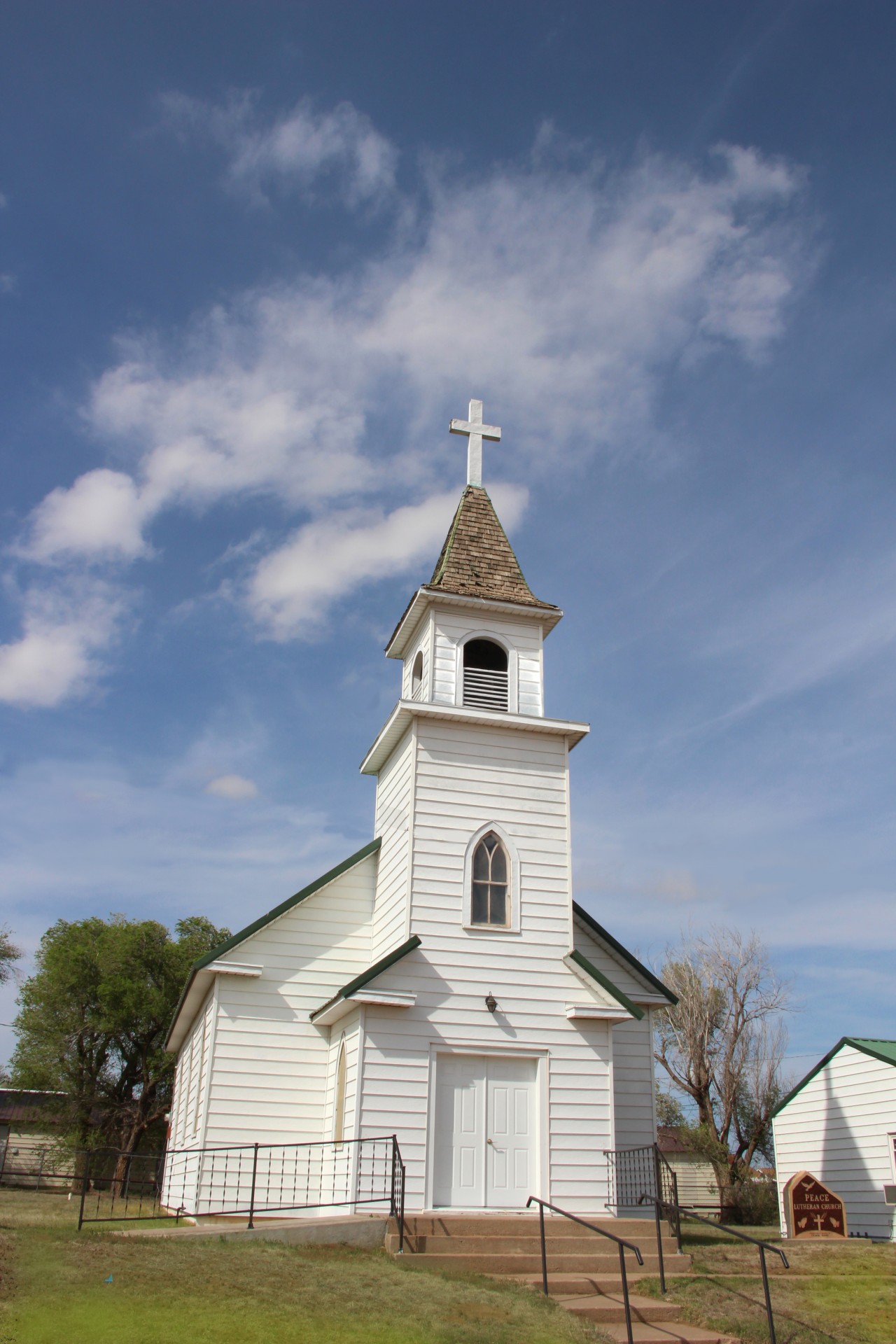TV news has featured a number of segments in recent weeks about the condition of former president Jimmy Carter. Carter has entered hospice care as his condition worsens. Many of these segments have included video footage of members of President Carter’s Maranatha Baptist church in Plains, Georgia, praying for the ailing former president.
When Carter began teaching Sunday school at the church, the numbers of visitors quickly rose, as many people just wanted a glimpse of the former president, but after he left because of his declining health, those numbers quickly dropped. These were not devout Christians; but just fans of Mr. Carter.
In the news segments of the church’s congregation today, there appears to be about 10 people, all older, who meet to pray for the former president. What will become of Maranatha Baptist church when those 10 people are gone? This scene is but a microcosm of a much larger concern in the Christian church in America today. While thousands of churches across America and Europe have already closed their doors, the trajectory, as reflected by President Carter’s old church, does not bode well for the Christian church in America.
The sad fact is that the baby-boom generation was the last generation, is the last generation, to attend church regularly in any substantial numbers. According to a Pew Research Center study, only 11% of younger Millennials attend church regularly. That compares with 34% of baby-boomers.
According to a Gallup study published in 2021; “U.S. church membership was 73% when Gallup first measured it in 1937 and remained near 70% for the next six decades, before beginning a steady decline around the turn of the 21st century.” Gallup has reported that the number of respondents who characterize themselves as having “no religious affiliation” continues to grow and is up nearly 300% since the late-1990s.
With the exception of TV “mega-churches,” which appear to still pack the pews, the reality in the average American Christian church is that most of the congregation is comprised of baby-boomers or older folks, with a dwindling number of younger people. When the older folks are gone; the church’s doors will close, as thousand worldwide already have.
Many churches have attempted to become more hip, and unfortunately, more secular, in order to attempt to attract more young people. There are more electric guitars and drum sets and light shows and fog machines. Every attempt at attracting a younger population is used, even at the risk of straying too far into the secular world and away from the basic tenets of Christianity. I have seen marketing materials from some of those hipper churches that don’t even mention Jesus. Christ makes up the first six letters of Christian, so leaving Jesus out would seem to be wondering far off the path.
Because American culture has derived so much of its good qualities from the Christian church, the impact of the church disappearing will have a devastating affect on culture. Much of an average church’s budget goes to helping feed local homeless people, providing clothing for poor people and often providing cash for those who have fallen on hard times. Christian churches started many of the nation’s hospitals and regularly sponsor new medical clinics or irrigation systems in developing countries.
In other words, the Christian church does a lot of good and to watch its demise in real time is painful. As every church ends up like President Carter’s little Baptist church in Plains, the nation loses more than it realizes. There is no source of good to take its place.



